le Fort fracture classification
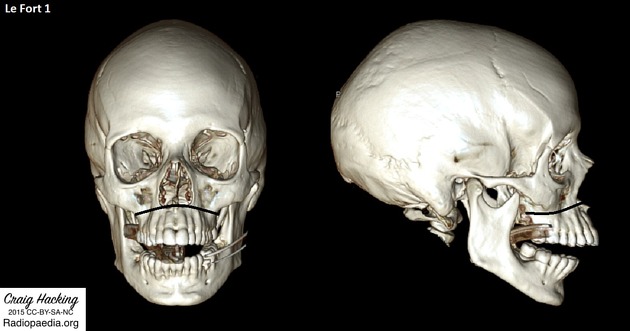

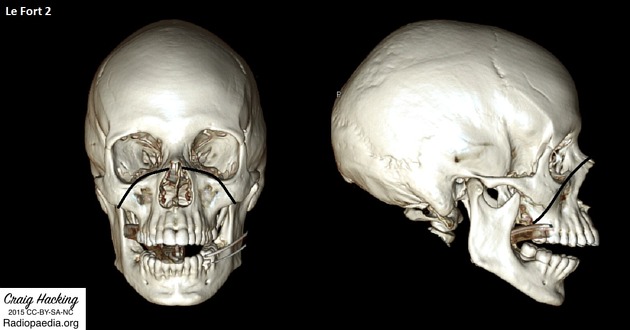
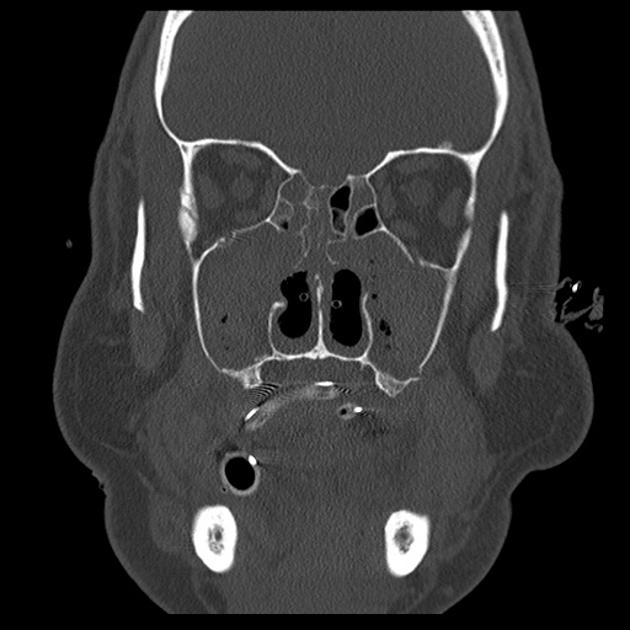

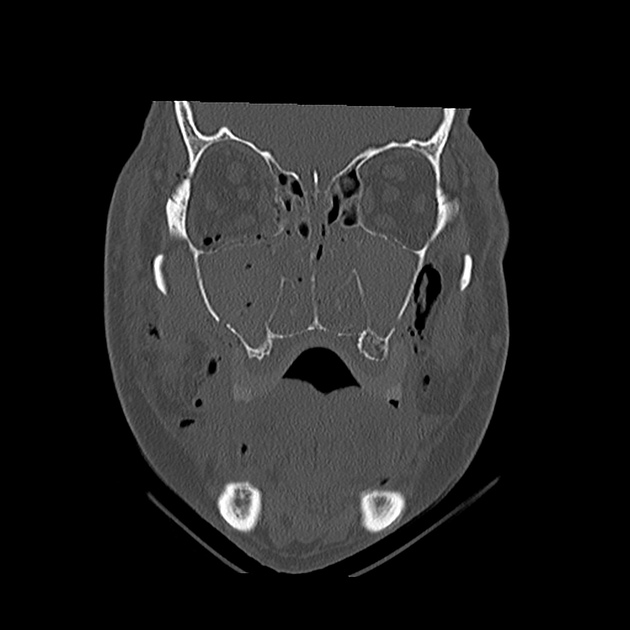

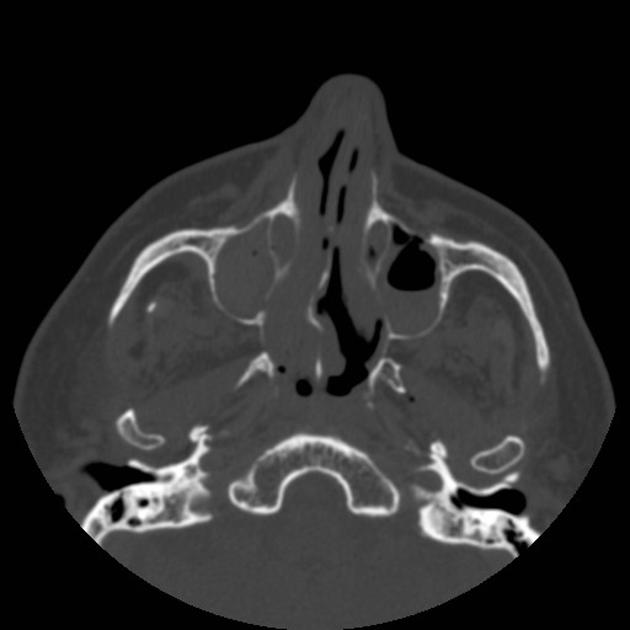
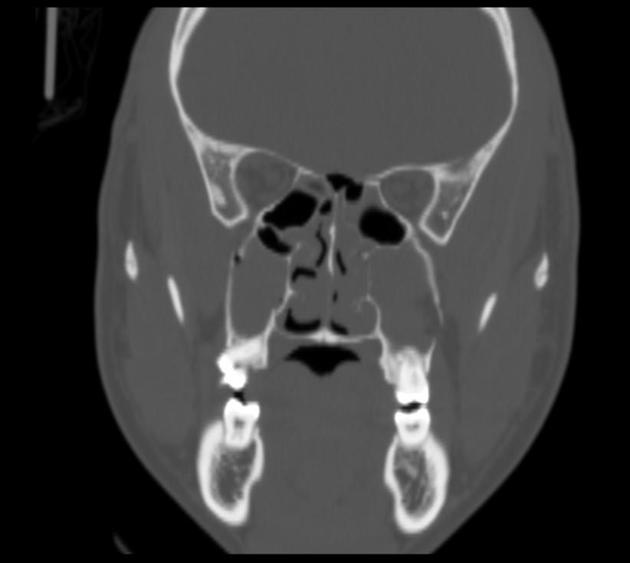
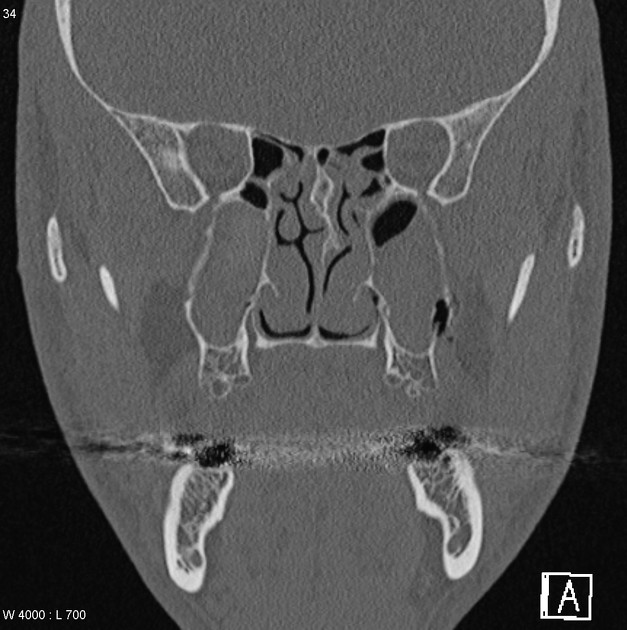
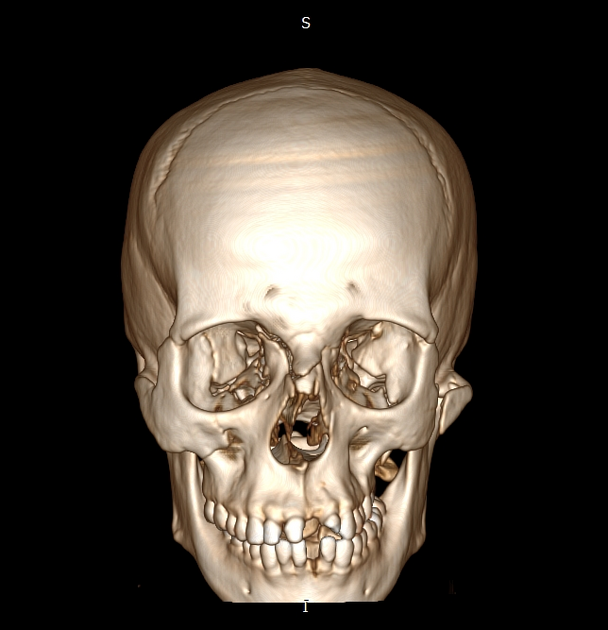
 nicht verwechseln mit: Wagstaffe-Le Fort-Fraktur (Fibula)
nicht verwechseln mit: Wagstaffe-Le Fort-Fraktur (Fibula)Le Fort fractures are fractures of the midface, which collectively involve separation of all or a portion of the midface from the skull base. In order to be separated from the skull base, the pterygoid plates of the sphenoid bone need to be involved as these connect the midface to the sphenoid bone dorsally. The Le Fort classification system attempts to distinguish according to the plane of injury.
Classification
The commonly used classification is as follows:
- Le Fort type I
- horizontal maxillary fracture, separating the teeth from the upper face
- fracture line passes through the alveolar ridge, lateral nose and inferior wall of the maxillary sinus
- Le Fort type II
- pyramidal fracture, with the teeth at the pyramid base, and nasofrontal suture at its apex
- fracture arch passes through the posterior alveolar ridge, lateral walls of maxillary sinuses, inferior orbital rim and nasal bones
- uppermost fracture line can pass through the nasofrontal junction or the frontal process of the maxilla
- Le Fort type III
- craniofacial disjunction
- transverse fracture line passes through nasofrontal suture, maxillo-frontal suture, orbital wall, and zygomatic arch / zygomaticofrontal suture
- because of the involvement of the zygomatic arch, there is a risk of the temporalis muscle impingement
A memory aid is:
- Le Fort I is a floating palate (horizontal)
- Le Fort II is a floating maxilla (pyramidal)
- Le Fort III is a floating face (transverse)
Any combination is possible. For example, there may be type 2 on one side and contralateral type 3, or there may be unilateral type 1 and 2 fractures. It should be noted that Le Fort fractures are often associated with other facial fractures, neuromuscular injury and dental avulsions.
History and etymology
They are named after René Le Fort, French surgeon (1869-1951). Le Fort conducted experiments on 35 cadavers inflicting varying facial trauma by dropping cannon balls and striking them with a bat. He would then boil the heads to remove soft tissue and record the results.
Practical points
- fracture of the pterygoid plates is mandatory to diagnose Le Fort fractures
- anterolateral margin of the nasal fossa involvement
- if fractured, it is a type I fracture
- if intact, it excludes a type I fracture
- inferior orbital rim involvement
- if fractured, it is a type II fracture
- if intact, it excludes a type II fracture
- zygomatic arch involvement
- if fractured, it is a type III fracture
- if intact, it excludes a type III fracture
- nasofrontal suture involvement indicates either a type II or III fracture
- a combination of fractures may occur on the same side
- bilateral fractures may be asymmetric
Siehe auch:
- Le-Fort-Fraktur Typ 1
- Le-Fort-Fraktur Typ 2
- Le-Fort-Fraktur Typ 3
- Wassmund-Klassifikation
- Wagstaffe-Le Fort-Fraktur (Fibula)
und weiter:

 Assoziationen und Differentialdiagnosen zu Le Fort Frakturen:
Assoziationen und Differentialdiagnosen zu Le Fort Frakturen:

